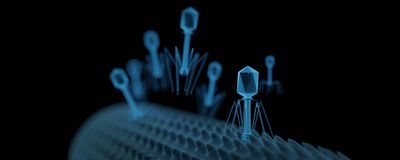bacteria

The Evolution of Microbe Teachers and AI Cheaters
Meenakshi Prabhune, PhD | Dec 13, 2024 | 2 min read
In nature, microbes fend off their microbial competitors. In the digital world, can AI-detection tools help researchers knock out AI-based research misconduct?
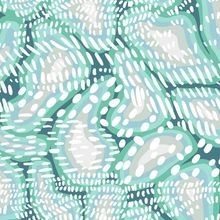
Mirror Bacteria Research Poses Significant Risks, Dozens of Scientists Warn
John Glass, PhD and Kate Adamala, PhD | Dec 12, 2024 | 7 min read
Synthetic biologists make artificial cells, but one particular kind isn’t worth the risk.
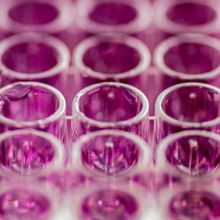
How to Optimize OD600 Measurements
The Scientist Staff | Nov 1, 2024 | 2 min read
Optical density can be affected by sample conditions, the state of the measuring vessel, and instrument configuration.
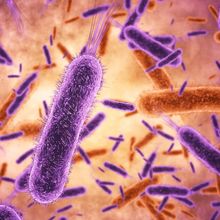
Harnessing Molecular Techniques to Identify Wound Microbes
The Scientist Creative Services Team in collaboration with Thermo Fisher Scientific | Oct 18, 2024 | 1 min read
Pressure wounds are a growing healthcare issue, and accurate characterization is necessary for appropriate treatment.
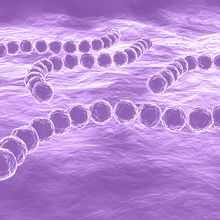
Genomic Pathogen Surveillance with Nanopore Sequencing
Oxford Nanopore Technologies | Oct 15, 2024 | 1 min read
Learn how nanopore sequencing improves the monitoring of infectious disease outbreaks.

Microbial Tales from the Crypt
Danielle Gerhard, PhD | Oct 15, 2024 | 2 min read
Rock-dwelling bacteria and eukaryotes live in the company of the dead by feeding on tombstones.

In Search of Microbes That Weave Colors into Moroccan Carpets
Laura Tran, PhD | Oct 7, 2024 | 5 min read
A scientist’s quest for microbes that produce purple pigments led her to the vibrant world of natural dyes, where biology and traditional artistry intertwine.
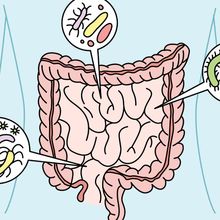
Unlocking the Human Microbiome Mysteries: From Cancer to COVID-19
Laura Tran, PhD | Sep 24, 2024 | 4 min read
The microbiome is a dynamic environment that can give researchers the inside scoop on health and disease.

The Soundtrack of Science
Laura Tran, PhD | Sep 16, 2024 | 2 min read
Barbara Di Ventura, a musician at heart and a scientist by trade, takes a musical approach to sharing research.
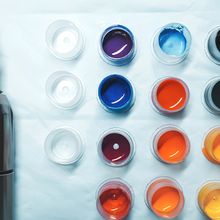
FDA Found Anaerobic Bacteria in Sealed Tattoo Inks
Shelby Bradford, PhD | Aug 27, 2024 | 3 min read
The presence of microbes in tattoo inks raises concerns regarding the products’ safety.
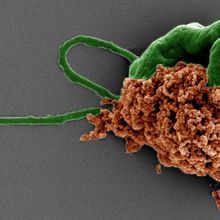
Green Warriors: Algae Microrobots Set to Combat Metastasis
Laura Tran, PhD | Aug 26, 2024 | 4 min read
Green algae can be outfitted with nanoparticles, transforming them into efficient drug-delivering machines that target lung tumors.
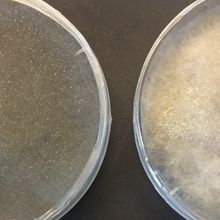
Bacteria Sink in Their TALons to Control Their Host
Shelby Bradford, PhD | Aug 1, 2024 | 2 min read
Endosymbionts use effector proteins to hijack their fungal host’s ability to produce spores.
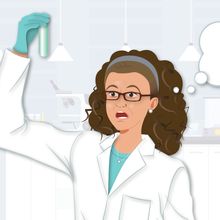
A Miscalculated Step
Mariella Bodemeier Loayza Careaga, PhD | Aug 1, 2024 | 2 min read
As a graduate student, Tharin Blumenschein learned that too much sodium hydroxide breaks down more than just bacterial cells.
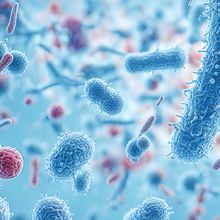
Boosting Bacterial Genomes to Better Explore the Microbiome
Aparna Nathan, PhD | Jun 7, 2024 | 4 min read
Gang Fang’s new metagenomics method helps sequence rare bacteria.
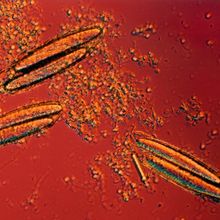
The Genome of a Gigantic Bacterium Reveals Odd Metabolic Properties
Megan Keller | May 16, 2024 | 4 min read
With its complete genome sequenced, one of the world’s largest microbes harbors unique energy processes that highlight its relation to its symbiotic host, the surgeonfish.
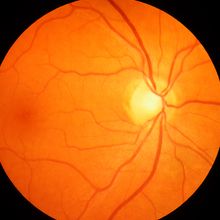
Gut Bacteria Slip into the Eye
Rachael Moeller Gorman | May 9, 2024 | 5 min read
A gene mutation causes porous gut and retinal barriers, allowing bacteria to travel from one to the other, triggering retinal degeneration in mice.
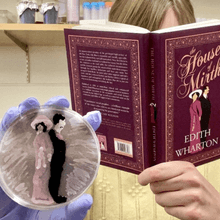
Where Books Meet Bacteria
Niki Spahich, PhD | Apr 9, 2024 | 4 min read
Melinda Grosser combines her love of reading and microbiology in her unique Instagram account.
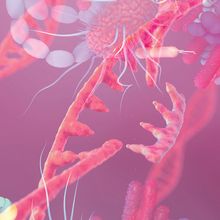
Engineering the Microbiome: CRISPR Leads the Way
Mariella Bodemeier Loayza Careaga, PhD | Mar 15, 2024 | 10+ min read
Scientists have genetically modified isolated microbes for decades. Now, using CRISPR, they intend to target entire microbiomes.
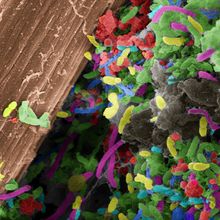
Electric Bacteria: Out of the Darkness and into the Light
Hannah Thomasy, PhD | Feb 29, 2024 | 6 min read
Once obscure mud microbes inspire a new generation of living electronics.
